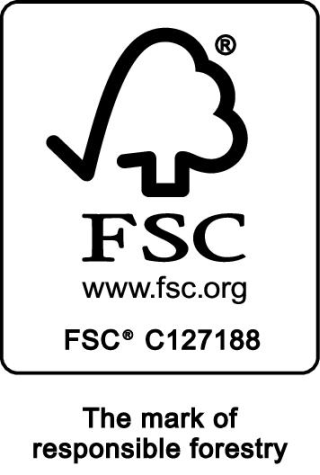Paper and cardboard
Paper is one of the oldest materials used for packaging. There is evidence that during the Tang Dynasty in China, it was even used to make tea bags! Paper is made by compressing a thin layer of cellulose-containing fibers. The first machine for paper bags production was invented in 1868 by the American inventor Margaret Knight
“Cardboard” is a generic term for heavy duty paper. Usually, cardboard is a paper with grammage, or paper density, over 200 g/m².
Extrapack uses the following kinds of paper:
Brown Kraft (recycled)
Fully certified by FSC® and 100% Recycled, this paper is a good choice for organizations that are concerned about nature conservation.Grammage: 40, 80-100 g/m²
Used for:
- Machine-made paper bags
- Packaging paper bags (40 g/m²)
White kraft
This paper gives bags strength and a natural feel. It can be FSC® certified.Grammage: 40, 90-120 g/m²
Used for:
- Machine made paper bags (90-120 g/m²)
- Handmade bags with offset printing (120 g/m²)
- Packaging paper bags (40 g/m²)
Ribbed Kraft Paper
Slightly wavy surface on one side of the paper gives it a more hardness and strength.Grammage: 120 g/m²
Used for:
- Economical, handmade bags with offset printing
One-side coated kraft paper
One side of this paper is treated which allows for better print quality. It can be FSC® certified.Grammage: 130 g/m²
Used for:
- Machine made bags with high quality flexo-printing;
- Luxury bags with offset printing
Art paper
Two side coated glossy surface of this paper is suitable for high quality offset printing and subsequent lamination. It can be FSC® certified. Art paper is the best-known paper for luxury bags because it strikes an optimal balance between price and quality.Grammage: 170 g/m² or 250 g/m²
Used for:
- Luxury bags and gift boxes with high quality offset printing
Luxury cellulose cardboard
This paper type is distinguished by its stiffness and superior folding capabilities. A popular brand is Carta Integra.Grammage: 170 g/m² or 235 g/m²
Used for:
- Luxury bags and gift boxes with high quality offset printing









